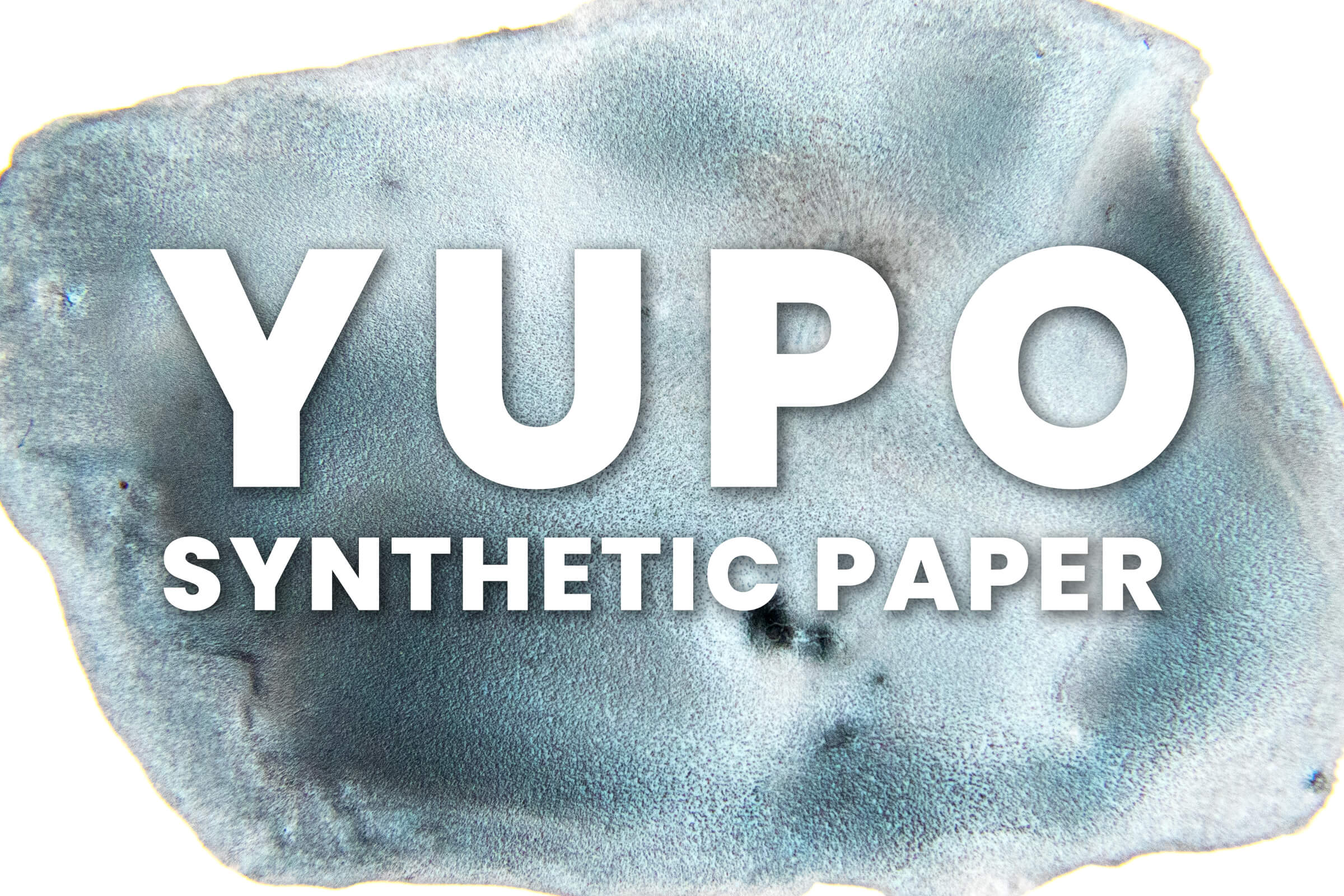Three artists discuss using traditional media on YUPO Paper – the contemporary, 21st century surface that provides exciting and unpredictable results.
Browse through the paper drawers at Opus and you may discover a smooth, matte paper unlike any you’ve used before. Made of 100% recyclable polypropylene, YUPO Synthetic Paper is a dimensionally stable, tree-free paper with a neutral pH. Its ultra smooth, bright white surface has a unique look that reflects light, keeping colours vivid.
YUPO Paper is also waterproof so it accepts watermedia differently than traditional watercolour paper and other surfaces. Because it is non-absorbent, it allows the watercolourist to apply paint and wipe it away with equal ease, adjusting and cleaning their work as they go. Selectively picking up colour is a great way to add more texture to your work, use negative stencil techniques, add highlights, or rework imperfections.
Curious as to what our customers are doing with this unique paper, we began to probe beneath the surface. Read on for interesting application techniques from artists Vi Wawrykow, Betty Pehme, and Peter Loebel.
Betty Pehme on YUPO Paper
"I like YUPO Paper’s non-absorbent surface. Drying occurs only by evaporation, producing interesting patterns, outlines and textured areas. Lovely muted edges are possible where two or more colours meet and merge. The artist is able to do mark making, blending, and lifts while working wet and can remove pigment even after it has dried.
Some of the materials I use are: watercolour, acrylics, inks, oil pastels with watercolour, candle wax and an alcohol spritzer.
I am careful when handling my YUPO paper. Wearing gloves will protect the surface from fingerprints, as they may become an unwanted part of your image.
The detail close-up images of my painting 'Through the Window' demonstrate wax resist used as a drawing implement, a simple but effective way to retain whites."

Peter Loebel on YUPO Paper
"The combination of YUPO Paper and watercolour results in an exceptional colour brilliance. I like the fact that you cannot fully control the outcome of the painting, since the watercolour does its own thing. Having said that, on the upside there is also the possibility to manipulate the watercolour painting once it’s dry. Since the paint sits on the surface it can, to a certain degree, be removed with a wet brush.
I typically use conte and watercolour, but I have also tried soft pastels with mixed results. Before I use the paper, I clean it with alcohol to remove all finger grease that would eventually reject the water. This medium requires patience and a dedication to experiment with it, since the normal watercolour rules no longer apply."

Vi Wawrykow on YUPO Paper
"I enjoy using YUPO Paper because it is a different surface that is full of surprises no matter what medium is used.
Watercolour is my favourite medium because the colours stay so vibrant, not soaking into the plastic paper, and lifting readily. Acrylics work well also and once dry, they do not lift off.
The techniques vary. Less water allows for a controlled, sharper image, whereas more water enables you to paint spontaneously. Painting on YUPO Paper is so much fun with often unpredictable results."
Parting Tips For YUPO Paper!
Take our artists’ advice and remember that cautious handling of the paper is recommended because fingerprints transfer oils on the papers surface and will act as a resist. Before painting, prints can be easily removed with glass cleaning spray, rubbing alcohol, or soap and water.
Like traditional watercolour paper, we recommend that you put your Yupo Paper watercolour paintings under a frame as soon as possible. If you have to wait, store them flat between sheets of acid-free paper or in plastic sleeves. Applying fixative over top is optional but will add a protective layer against moisture.
YUPO Paper allows for exploration into experimental territory. Try this unique paper yourself and see what you can do!
Interested in learning more about YUPO Paper?
We heard from 5 other artists who also shared their explorations with YUPO Paper. If you'd like to hear about other mediums on this synthetic paper, including alcohol inks and acrylic paints, read our article: 5 Artists Share their Explorations with YUPO

